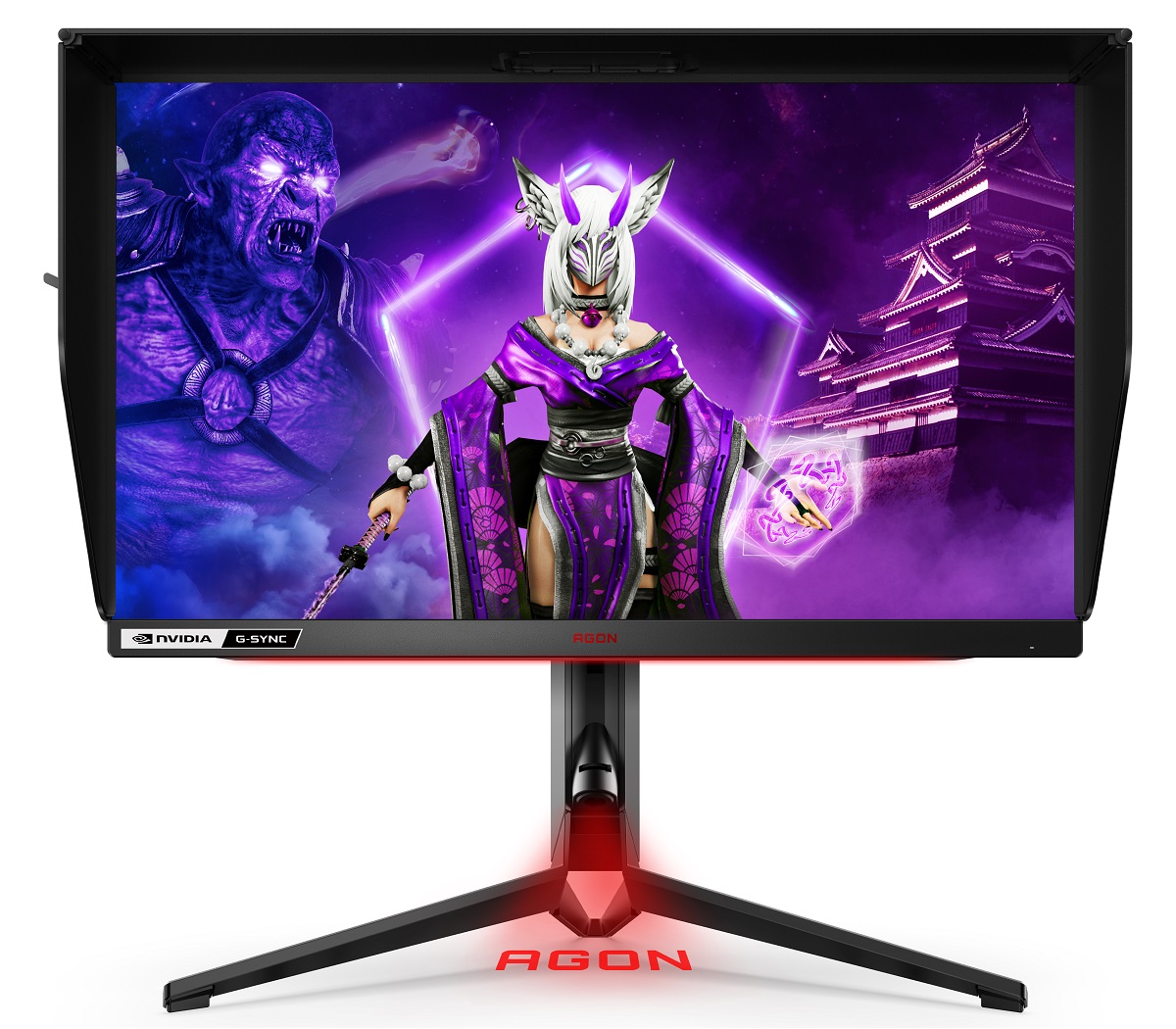
No one deserves their place in computing history as much as Robert Heath Dennard. In a time when data was stored on punchcards, he envisioned a world with smaller, random accessed memory. But do you know how important his invention, RAM, is to a computer’s operation?
RAM is the short-term memory for your computer, helping run programs smoothly. Read on as we discuss your computer memory and how to upgrade it.
What Is Computer Ram?
RAM stands for random access memory. It is a form of temporary memory used by computers, almost like a short-term memory in the human body. It is continually overwritten and refreshed, unlike HDD or SSD where files are saved in permanent copies.
This has a number of advantages. It is extremely fast, allowing your computer to perform and recall basic functions. However, it can only store temporary data while it is being powered.
Having this memory is important in a computer, as it allows you to operate multiple functions at any one time. As each program needs its own memory, having a higher RAM capability allows them to function smoothly simultaneously.
What Does Ram Do?
Imagine you have turned on your computer. You have an internet browser open and you are writing on a word package. When you flick between the two programs, memory is being used in different ways.
The RAM is remembering what you wrote on the word package and keeping track of where you are in the browser. The more of these functions you have, the more RAM is required to remember where everything was and what it functions as.
Laptop and Desktop Ram
Due to the space constraints in laptops and notebooks, they use different RAM for desktop computers. The physical object is much smaller in size and uses a different configuration of connector pins. It is known as a Small Outline Dual In-Line Memory Module.
You will find these are about half the size of their desktop counterparts, which are known as DIMM. This means you can not swap and change laptop and desktop memory and must be careful to buy the right one.
Volatile vs Non-Volatile Memory
Memory can be a volatile or non-volatile type. Memory that loses its contents when the power goes off is volatile memory. It is the reason that you lose anything not saved when a program freezes or your system reboots.
Non-volatile memory is the opposite. This will keep its data even if the power goes. This is sometimes abbreviated to NVRAM.
Memory and Storage
Although technically your RAM and hard drive are memory, they both function very differently. Therefore, they are often easier to understand if you refer to RAM as memory and the memory itself as storage. When you have a computer, the amount of memory will always be higher than RAM.
For example, you may have 1 GB of memory and 16 GB of RAM. The 1 Gb is used for storage, for keeping permanent files on your computer. The 16 GB is short-term memory, used for running programs.
Speed and Latency
Latency is the time it takes for a program or command to respond. It is connected to RAM, as the less RAM you have the more latency you may encounter. If you can understand the relationship between latency and RAM it can help inform your need to upgrade.
Should I Upgrade My Ram?
RAM will boost the speed and performance of your computer. This is particularly useful if you are running multiple tasks, or ones that need a lot of memory. Graphics designers or gamers may need it for running high-performance programs.
Luckily, upgrading is easy to do and the cost of RAM has got cheaper. If you don’t want to do it yourself, then speak with an expert on computer memory to provide a service for you.
Types of RAM
Computer RAM itself comes in different types. Some of the most important are listed below.
EDO
Extended Data Out (EDO) allows a CPU to access its RAM 10 to 15% faster. It does this by turning off data output drivers. Developed in 1995, it was updated to BEDO memory, though this is seldom used.
SDRAM
Synchronous DRAM has the name because it synchronizes with the computer’s clock. This allows it to run at higher speeds. It is the most widely used type of RAM in modern computers.
DDR RAM
DDR Ram itself comes in four different types, each improving upon the previous version and offering increased speed. The DDR stands for Double Data Rate. It uses the system clock to double the speed of memory.
Buying RAM
When you find your computer low on memory and begin shopping for more, there are a few tips you should know. These can help you get the right fit for your needs and system.
Firstly, 16 GB is currently the recommended amount for most purposes. You may be able to get by with 8GB if you use fewer tasks. However, the extra boost does not cost much more.
You should also check your clock speed to see if your memory is compatible. If your system supports a lower speed than the memory requires, then you will find no increase in speed at all. In fact, it could even get worse.
Computer Memory
If you are struggling to run programs and find your computer freezes, then you need more computer memory. Take your system to a specialist and discuss upgrading your RAM. It may also come with a processor or graphics card upgrade to increase overall speed.
Computer Revival should be your first stop in the Tucson area. We can upgrade your RAM and solve any computer issues you may have. Contact us here and let us get you back online, starting today.







